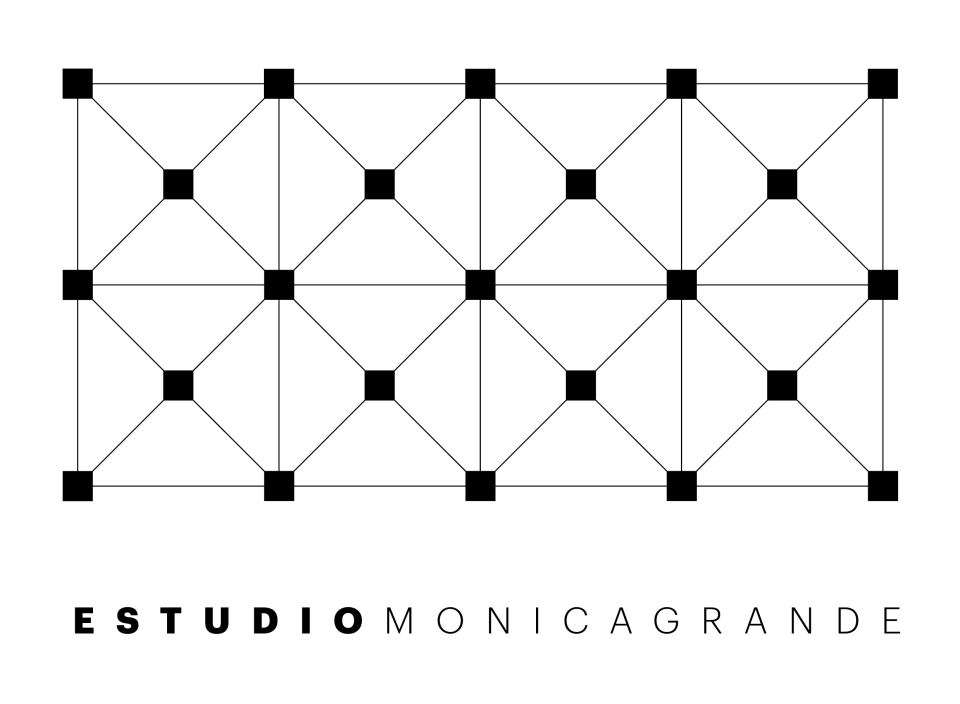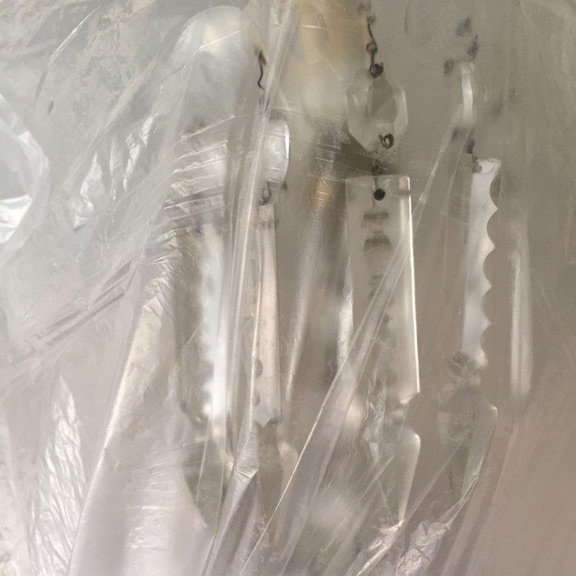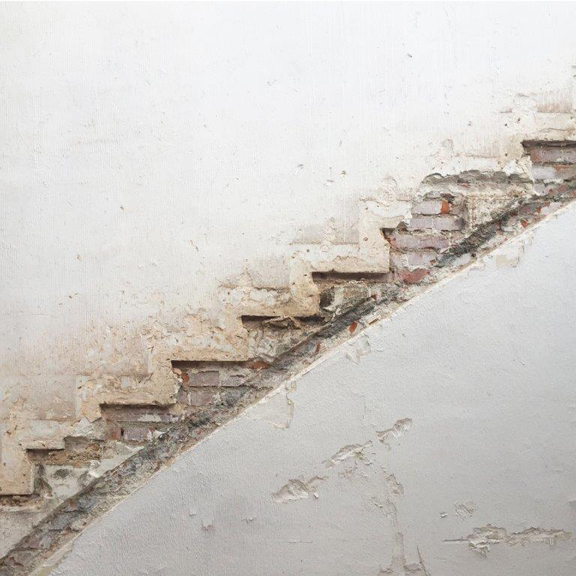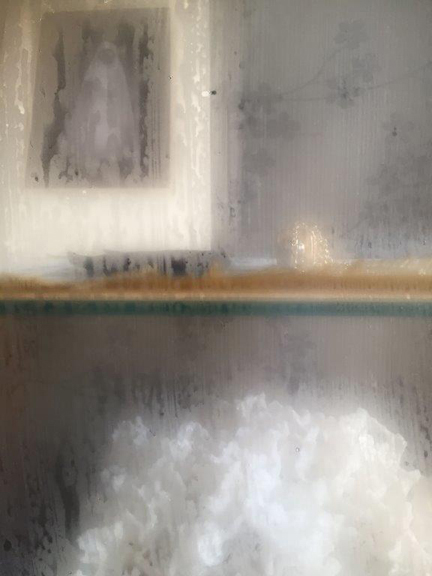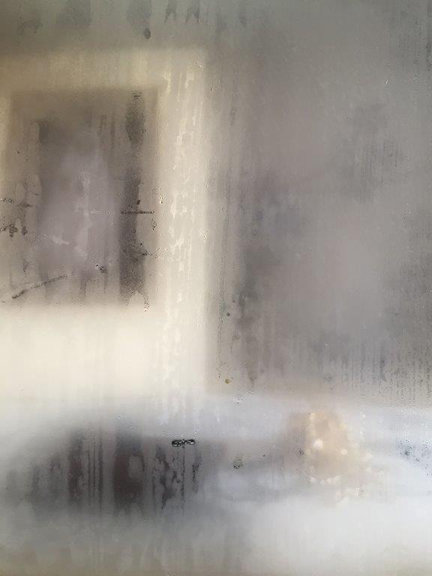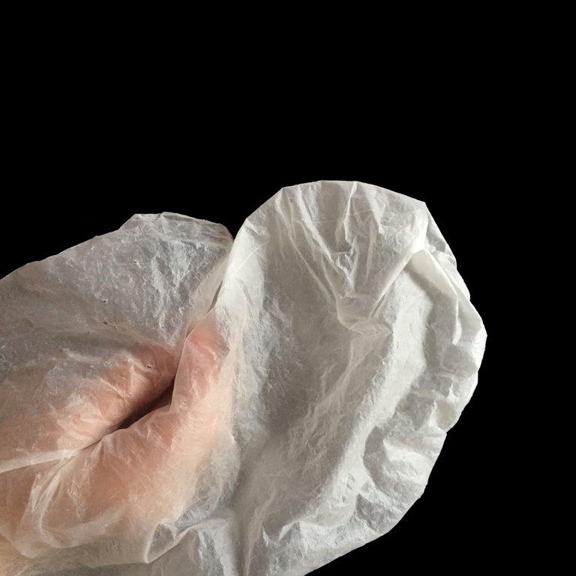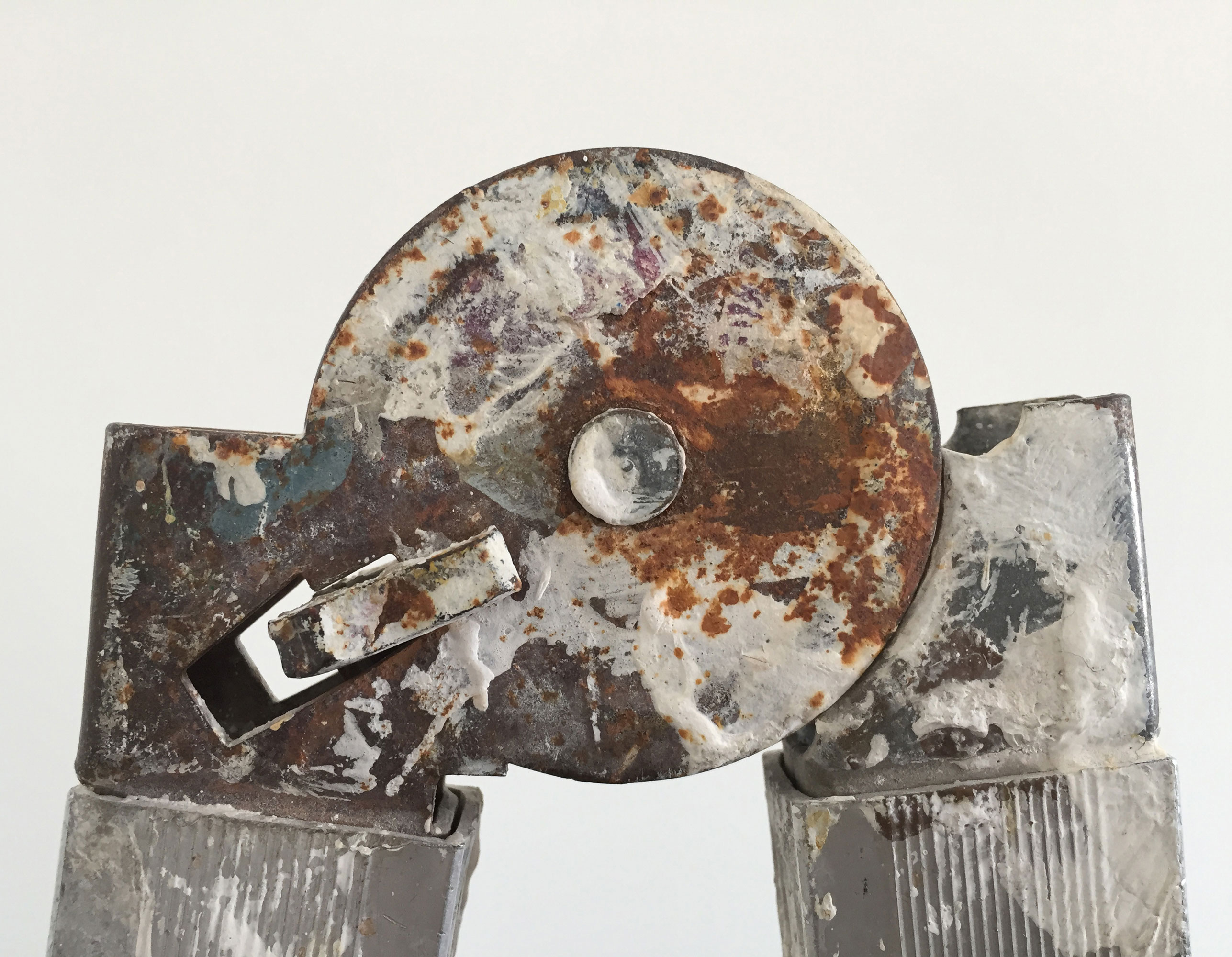El libro piedra tiene una historia propia. Una que merece un relato independiente. Comenzó en septiembre de 2016, con un escenario, la exposición de Mónica en el Real Jardín Botánico de Madrid, y una protagonista, una estudiante que fue a verla, se quedó prendada y repitió al día siguiente. Y al otro. Y otro más. «Hay una chica que viene todos los días a ver tu exposición y que se sienta horas delante de las obras mientras toma notas y hace bocetos», le dijeron. La reacción fue un decidido «tengo que conocerla».
La chica era Ana Fernando, arquitecta, paisajista y escritora, que en aquel momento hacía su doctorado. Ana y Mónica se conocieron. En ese encuentro que en mi imaginación es un momento de identificación absoluta entre dos personas hechas para entenderse, surgió algo. Sin chispas, violines o fuegos artificiales, pero ¿quién los necesita cuando la conexión es perfecta? Ana le enseñó el cuaderno con las notas que tomaba y los bocetos que trazaba. Alguien sugirió usarlo de punto de partida para un libro. El viaje comenzaba.
Se preguntaron ¿Qué es un libro? ¿Por qué tiene que tener páginas? ¿Por qué tiene que ser de papel? Juntas reinventaron el libro usando lino como soporte y piedra como encuadernación. El lino da continuidad a las imágenes, los textos y bocetos de cada página (¿tiene sentido este concepto también reinventado?), crea una narración que une una imagen con la siguiente. La tela le presta un aire egipcio, griego, romano; la caliza Campaspero, algo aún más antiguo. Y, aún así o precisamente así, logran que sea moderno, innovador y rompedor.
El libro es una joya invaluable. «Hay cosas que no se hacen para ser vendidas porque no se pueden comprar», dijo durante la presentación Mónica (¿o fue Ana? La comunión entre una y otra es tal que por momentos parecen una misma persona). Es el caso de este libro que no puede poseerse y cuyo destino inmediato, una vez terminada la exposición será recorrer distintos hogares (ya estuvo en el de la galerista Soledad Lorenzo) continuando un viaje que no sabemos dónde terminará.
Decía antes que la historia del libro piedra merecía un relato independiente, pero ¿cómo escribirlo si su historia aún no terminó, si no hizo más que echar a andar? El libro piedra es una etapa más de un proceso creativo en constante metamorfosis que comenzó con unas imágenes tomadas con un móvil, llegó a ser un libro rupestre y se convirtió en una metáfora física del arte vivo que evoluciona y se enreda con nuestras emociones. ¿Qué más será dentro de un año?.
Manuel Rivas
The stone book has its own story. A story that deserves an independent narrative. It all started in September, 2016 with a setting- Mónica’s exhibit at Madrid’s Royal Botanic Garden, and a protagonist- a student that went to see it, fell in love with it, and repeated the visit the following day. And the next one. And the one after. “There is a girl that comes everyday to see your exhibition, sits down in front of the photographs for hours, takes notes and does sketches of them”. Monica’s reaction was a determined “I have to meet her”. The girl was Ana Fernando, an architect, landscaper and writer, who was doing her doctorate at the moment. Ana and Mónica met.
In that encounter that -in my imagination- is a moment of absolute mutual recognition between two persons made to understand each other, something occurred. Without sparkles, violins or fireworks but, who needs them when the conexion is already perfect? Ana showed her the notebook with all of the notes she had taken and sketches she had drawn.
Somebody suggested to use it as an starting point for a book. The journey had began. They asked themselves: What is a book? Why does it need to have pages? Why does it need to be made out of paper? Together they reinvented the book using linen as support and stone as the binding. The linen gives continuity to the images, texts and sketches in every page, it creates a narrative that unites every image to the next one. The cloth gives it an egyptian, greek roman style; the Campaspero limestone, something even more ancient. And even then, or especially then, they accomplish the task of making it modern, innovative and groundbreaking.
The book is an invaluable jewel. “There are things that aren’t made to be sold because they can’t be sold”, said Monica during the presentation (or maybe it was Ana? The comunion between both of them is so strong they seem to be the same person at times.) This is the case of their book, that can’t be possessed, book that its immediate destiny -after the exposition ends- consists in travelling to different homes (it was already in the house of the gallerist, Soledad Lorenzo) continuing a journey that we don't know where will end.
I was saying earlier that the story of the book deserved an independent narrative but, how to write it if its story hasn’t ended yet, if its story just began? The stone book is another phase in a creative process that is constantly in flux, the process that started with some pictures taken with a smartphone, turned into a prehistoric book and transformed into a physical metaphor about living art that evolves and gets tangled with our emotions. ¿What else will it be in a year?.
Manuel Rivas
